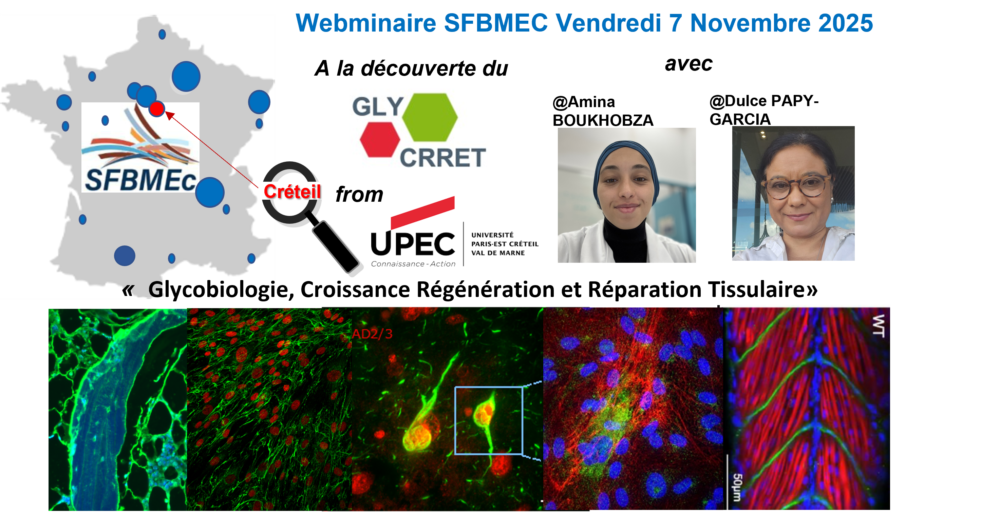The Naba Lab at the University of Illinois at Chicago is looking for an outstanding postdoctoral fellow. The successful candidate will join a young, dynamic and collaborative research team and lead a project employing a wide range of approaches (mouse genetics, cell biology, proteomics, and bioinformatics) to study the role of the extracellular matrix in cancer metastasis and developmental biology. Click here for more information.
Archives de l’auteur : Alexandra Naba
Enrichment of Extracellular Matrix Proteins from Tissues and Digestion into Peptides for Mass Spectrometry Analysis
Naba A, Clauser K.R,and Hynes R.O. Enrichment of Extracellular Matrix Proteins from Tissues and Digestion into Peptides for Mass Spectrometry Analysis. J. Vis. Exp, 2015, (101), e53057, doi:10.3791/53057
Lien vers la vidéo: ici
Lien vers le protocole: ici
The Extracellular Matrix: Tools and Insights for the “Omics” Era
Naba A, Clauser K.R, Ding H, Whittaker C.A, Carr S.A, and Hynes R.O. The Extracellular Matrix: Tools and Insights for the « Omics » Era. Matrix Biology, 2015, pii: S0945-053X(15)00121-3
Liens vers l’article (open access): http://www.sciencedirect.com/science/article/pii/S0945053X15001213
Highlights:
• The matrisome is defined as the ensemble of 1000 + genes encoding ECM and ECM-associated proteins.
• Bioinformatic and experimental approaches to study the ECM/matrisome are discussed.
• We introduce a novel website and database MatrisomeDB to centralize resources on the matrisome.
• We present a draft of an ECM atlas compiling proteomics data on the ECM of 14 different tissues and tumors.
• “Omics” data provide novel insights into ECM functions in development, homeostasis and disease.
Extracellular matrix signatures of human mammary carcinoma identify novel metastasis promoters
Alexandra Naba, Karl R. Clauser, John M. Lamar, Steven A. Carr and Richard O. Hynes.
Extracellular matrix signatures of human mammary carcinoma identify novel metastasis promoters. eLife, 2014, 3:e01308
Lien vers l’article: http://elife.elifesciences.org/content/3/e01308
Lien vers le résumé: http://elife.elifesciences.org/content/3/e01308/abstract-2
Towards definition of an ECM parts list: An advance on GO categories.
Lien
Naba A, Hoersch S, Hynes RO.
Towards definition of an ECM parts list: An advance on GO categories.
Matrix Biology 2012 Sep;31(7-8):371-372.
doi: 10.1016/j.matbio.2012.11.008
PMID: 23199376
Lien vers l’article: http://www.ncbi.nlm.nih.gov/pubmed/23199376.
The matrisome: in silico definition and in vivo characterization by proteomics of normal and tumor ECM
Lien
Naba A, Clauser KR, Hoersch S, Liu H, Carr SA, Hynes RO.
The matrisome: in silico definition and in vivo characterization by proteomics of normal and tumor extracellular matrices.
Mol Cell Proteomics. 2011 Dec 9.
Koch Institute for Integrative Cancer Research at MIT, United States.
